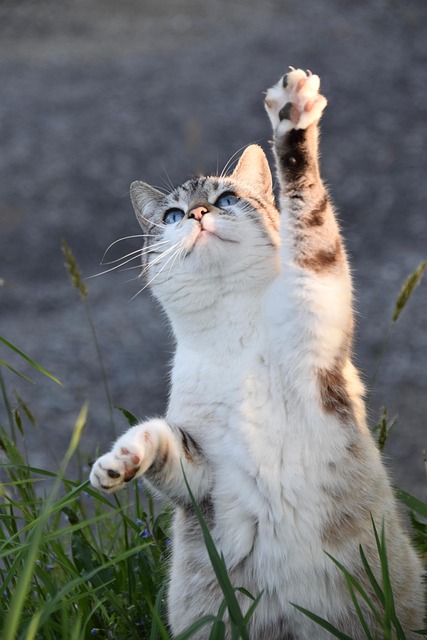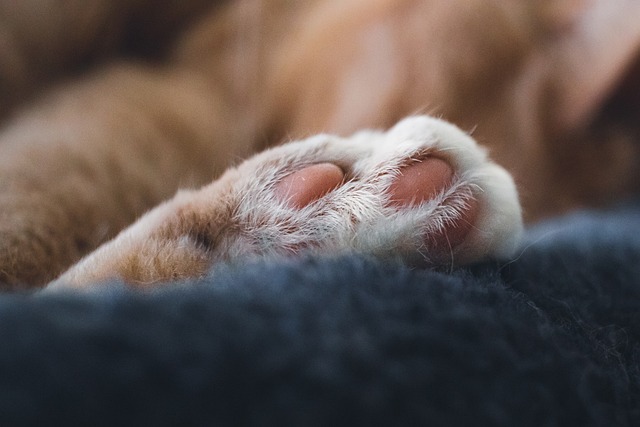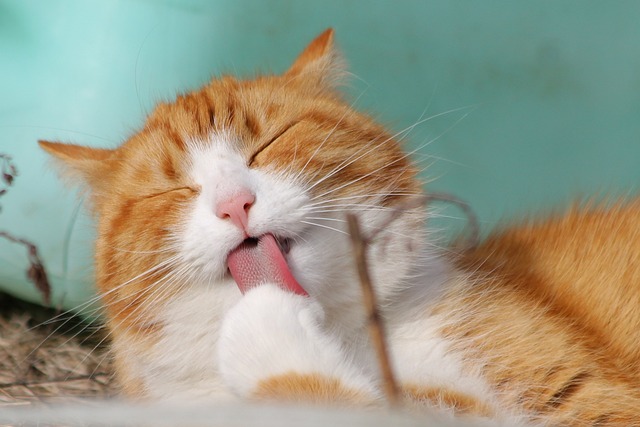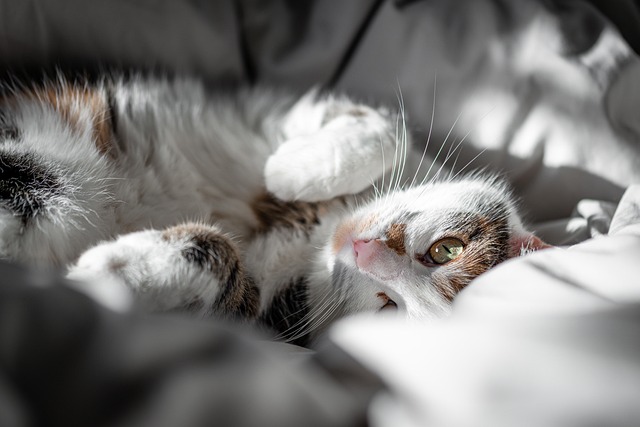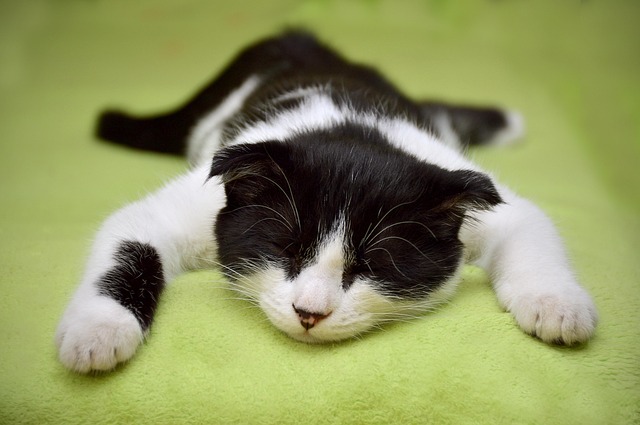Here’s a light-hearted yet enlightening experiment you can try at home. If you live with a cat or a dog, place a treat inside a slim, empty container and watch which paw they use to retrieve it.
++ Brooklyn Beckham marks father-in-law’s birthday amid silence toward his own parents
According to current scientific research, males of many species tend to favour their left paw, while females typically prefer their right. While many animals are ambilateral—essentially the non-human equivalent of being ambidextrous—certain species do show sex-based lateral preferences.
Some lateral biases go even deeper and occur at the species level. Roughly 85 to 90 per cent of humans are right-handed, and we’re not alone. Most chimpanzees, gorillas, baboons and ring-tailed lemurs also prefer their right hands. On the other hand, species such as the Sichuan golden snub-nosed monkey, De Brazza’s monkey and orangutan tend to be left-handed.
This supports a long-debated theory: handedness is linked to lifestyle. Ground-dwelling primates typically show right-handed dominance, while tree-dwelling primates often favour their left. The postural origin theory suggests that early arboreal primates used their left hand for grasping food and branches, while stabilising themselves with their right. As some species adapted to life on the ground, they gradually began favouring the right hand instead.
However, this theory is far from bulletproof. There are numerous exceptions that defy the supposed link between lifestyle and handedness. Slow lorises, despite living in trees, display a strong preference for their right hand. Hanuman langurs, conversely, are ground-dwellers and mostly left-handed.
The variability extends well beyond primates. Glossy black cockatoos consistently hold seed cones in their left foot. Walruses have a marked preference for using their right flipper to dig for clams. And red-necked wallabies tend to use their right paw when reaching for food.
And what about household pets? Anecdotal evidence suggests they’re as unpredictable as ever. For instance, my own cat completely ignored the container test—opting instead to loudly miaow until she was fed.
++ Herpes virus rapidly reprogrammes human DNA within an hour
These quirks in paw, hand or flipper preference may seem trivial, but they offer intriguing insights into the evolution of brain lateralisation, dexterity, and species-specific behaviour. While humans might be proud of their dominant hand, it’s clear that across the animal kingdom, the issue of ‘handedness’ is far from settled.
